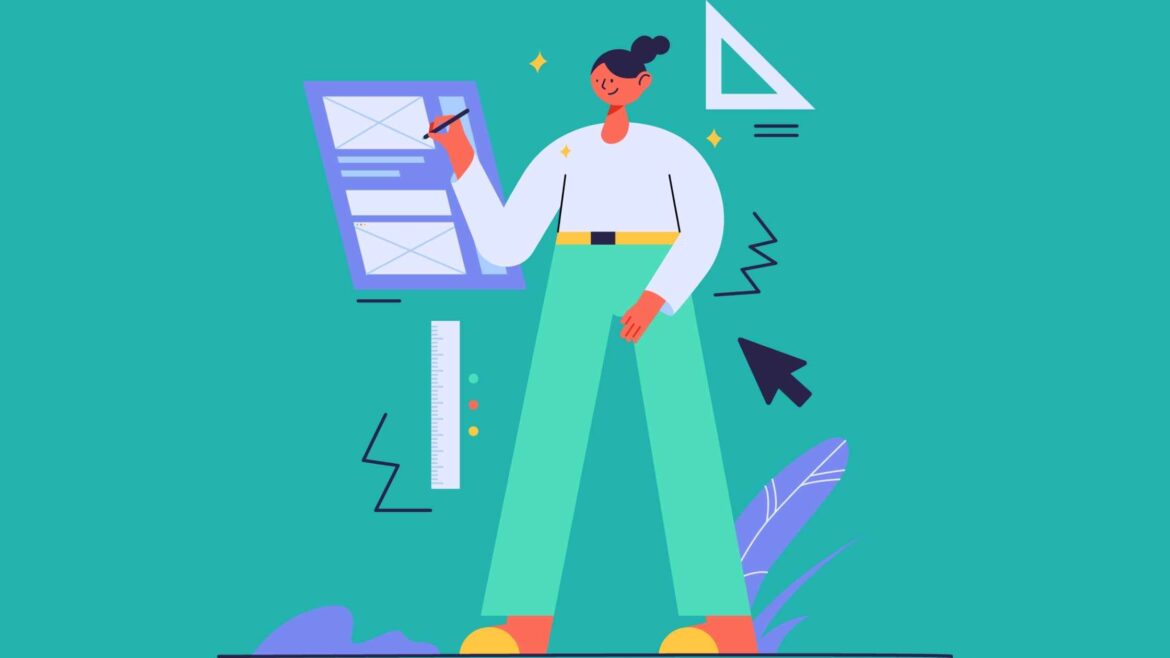The popular misconception is that product tours are just computerized adaptations of more traditional forms of user onboarding. However, product tours are much more than simple pop-ups that provide feature overviews; they are key components of the user experience of an application, tool, or website that combine a variety of design aspects to optimize onboarding.
Product walkthrough is another name for a product tour that you can come across. A product walkthrough will often explain that the product tour is a multi-step process that needs the customer to interact with the prompts in some way. Product walkthroughs may be used for more complex SaaS applications as opposed to a standard product tour, which is often used for mobile applications.
Various User Interface Patterns Used in Product Tours
The first step in deciding which user interface patterns to use for your product tour is to get acquainted with the different UI patterns; the second step is to gain an understanding of the advantages associated with each pattern on its own.
- Temporary or pop-up displays
You may immediately engage customers and explain the benefits of your application by including pop-up components in your product tour. Simple visuals that appear on a splash screen might be used in pop-ups. It’s also possible that these windows are modal, meaning they need some action from the user.
- Tour guides that allow for interaction
Important steps are broken down into further depth within the context of interactive walkthroughs. Users are exposed to these instructions as they go through the various stages of your product tour, allowing them to acquire an understanding of the processes as they are carried out.
Product walkthroughs are very helpful when it comes to simplifying the training processes for complex corporate systems. You may utilize them to engage customers both throughout the initial onboarding process and the product deployment process.
- Hotspots
Hotspots, which are often referred to as beacons, are teeny-tiny signs or alerts that draw the attention of the user to certain features of the program. You may be able to convey critical information about feature updates, process improvements, and sophisticated use cases by making use of these user interface patterns. Users can interact with training information when they are ready, which is a need for self-service onboarding and is made possible by beacons.
- Tooltips
It is helpful to provide people with an overview of the capabilities possessed by a feature or user interface element. Users are not encouraged to take any action via tooltips.
- Animated Tutorials.
Add popup windows to the product tour’s user interface design to make new consumers feel welcome. First-time consumers may be shown a little film describing the most important features of your product while perusing it. This is a great way to entice new visitors to your website and increase the probability that they will complete important tasks.
- Task lists
The concept of continual acceleration is emphasized in the “Enhanced Kotter’s Eight-Step Change Model.” Frequently, businesses make the mistake of easing up on the change initiative too soon, which may be disastrous. Maintaining a constructive frame of mind during the transition is very necessary for you to keep advancing toward the goals you have set for yourself in the long run.
It doesn’t matter how you decide to mix the various user interface patterns for your product tour; the ultimate aim is to make it possible for people to participate in interactive learning experiences that are connected to your application. The most successful product tours include users from every level of the technology adoption curve, whether they are early adopters or tech-savvy clients. This is accomplished without upsetting the former group and without overwhelming the later without disrupting the former group.
Conclusion:
The primary objective of the “user onboarding” process ought to be to hasten the pace at which clients become aware of the worth of the product that is being provided. The “aha!” moment refers to the instant in which a consumer realises the value of your product or service, which in turn speeds up their journey toward activation and complete product adoption.






